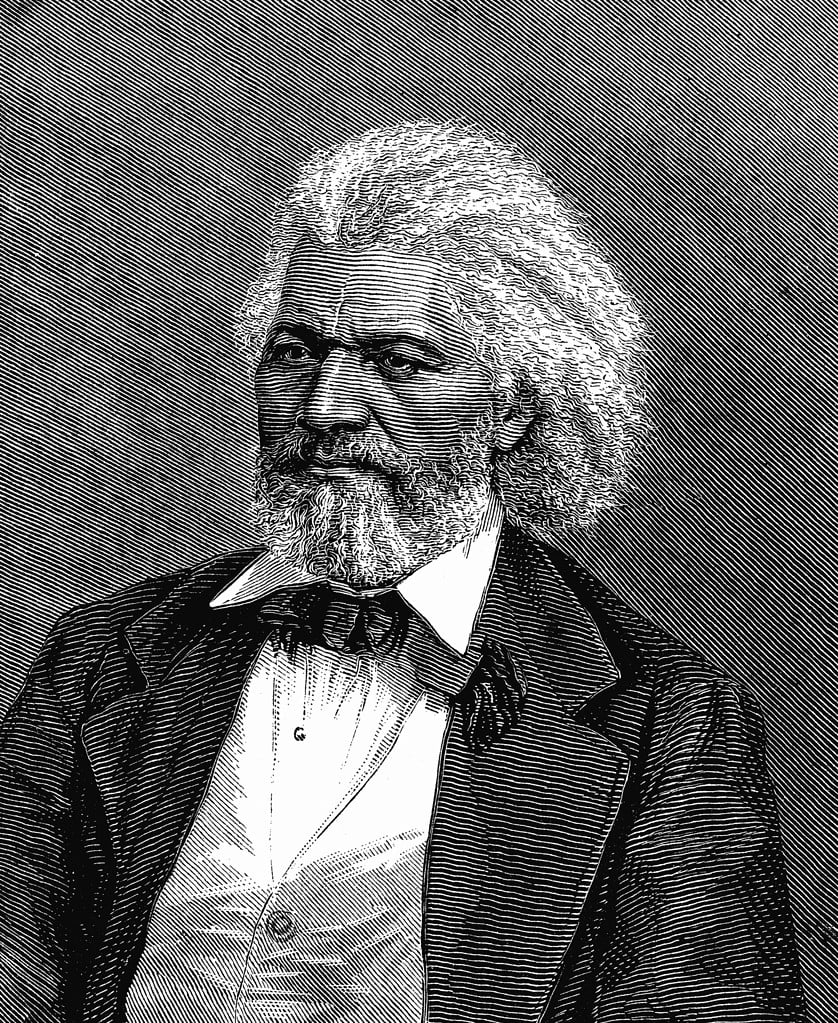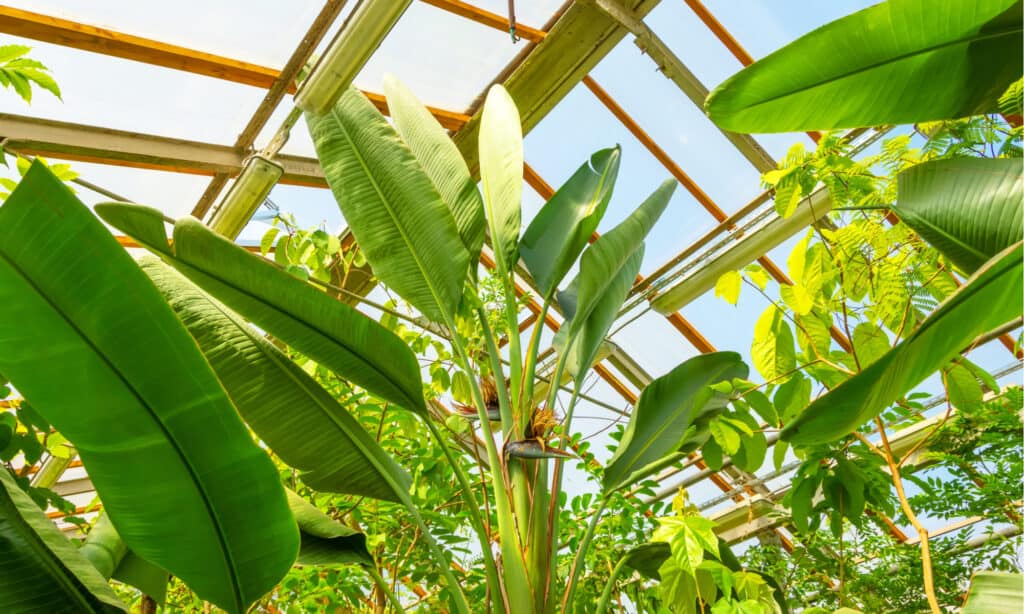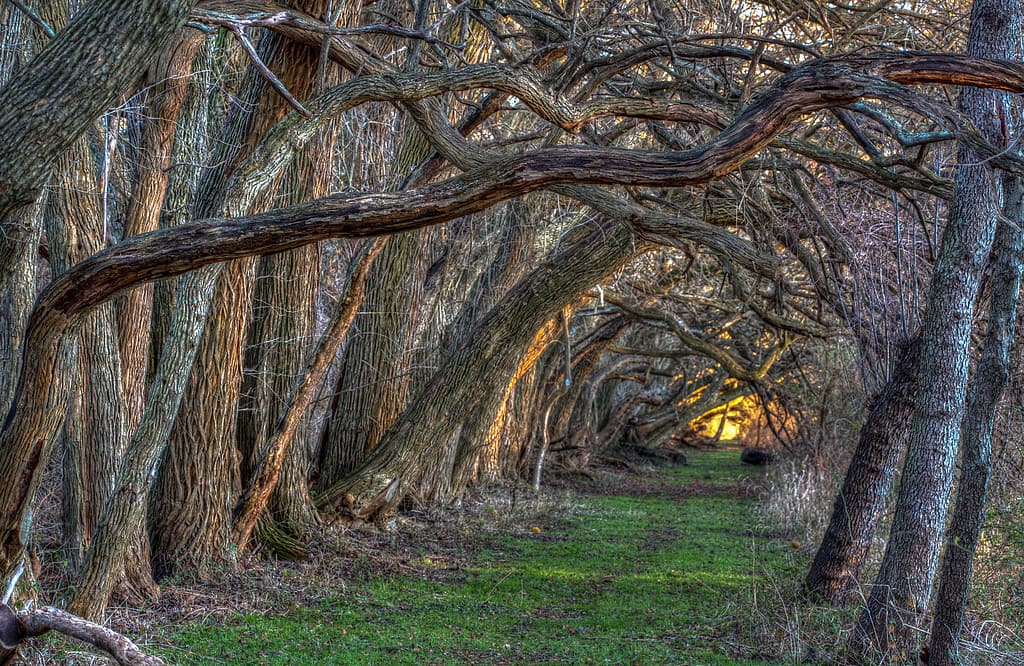Located on Maryland’s Eastern Shore, Wye House was an 18th-century plantation that played a prominent role as the state developed. In more recent years, it has become an important archaeological site that provided significant insight into what life was like at that time, particularly for those who were enslaved on the property.
History of Wye House Plantation
This plantation home was built sometime between 1781 and 1784. At that time, Maryland was active in the American Revolution. Properties in Maryland were under constant threat from the British as well as colonists who remained loyal to England. The state declared independence from Great Britain back in 1776, along with the other colonies. However, conflict still dominated in 1781 when Wye House was built. Fighting continued all the way until 1784 when both sides signed the Treaty of Paris in nearby Annapolis, Maryland and the Revolutionary War ended.
At the time, large plantations like Wye House relied on labor from enslaved people to be economically self-sufficient. Because much of the work that went into keeping the property going was not paid for, and products like crops produced at the plantation were sold at high profits, the estate managed to make and keep enough money to maintain the large house. The plantation dates all the way back to the 1650s. Edward Lloyd, a member of the wealthy upper class, established the original plantation. His great-great-grandson built Wye House as the main dwelling on the property. Edward Lloyd IV was prominent in the state government and a delegate from Maryland to the Continental Congress.
The plantation covered over 40,000 acres at one point and kept over 1,000 people enslaved on the property. One prominent person enslaved at Wye House was Frederick Douglass. Douglass includes accounts from his time as a child on the plantation, around age 7 or 8, in his autobiography, Narrative of the Life of Frederick Douglass, an American Slave. This telling of life as an enslaved person did a lot to expose the brutal, inhumane conditions of slavery.

Frederick Douglass was an important figure in the fight against slavery and his depictions of life as an enslaved person were important to humanizing the issue.
©© Getty Images/PHOTOS.com>> via Getty Images
How Big is the Wye House Property?
When it was first purchased by the first Edward Lloyd the property was around 3,500 acres. It is located on the Wye River in Talbot County, Maryland. Through the use of slave labor, Lloyd was able to grow a fortune and purchase additional land. At its largest, the plantation was around 40,000 acres.
The property is currently around 1,300 acres and is privately owned by the descendants of Edward Lloyd. Fortunately, the family recognizes and acknowledges the numerous problems created by slavery, not just for those suffering at the time as enslaved people, but also for their descendants. Many live in Talbot County, Maryland, where Wye House is located. In 2006, the Tilghman Family, descendants of the Lloyds, invited the University of Maryland to the property as part of an archaeological initiative with the goal of finding evidence that could tell the stories of those enslaved at the plantation, not just those who owned the property.

Maryland’s Eastern Shore has plenty of rivers and waterways that connect to the Chesapeake Bay.
©coastalpics/iStock via Getty Images
Notable Sites at Wye House
Records at the time kept at Wye House include lists of those enslaved there by name. Keeping records like these was typical of the time period. However, the records at Wye House are unique because they listed each person by first name and last name, as well as other identifying details and occupations. Modern researchers compiled a database for use by their descendants. The general public can also learn more about the people enslaved on the plantation.
Wye House is located on the Wye River. It is notable for its gardens and greenhouse. The greenhouse was particularly interesting and is one of the best remaining examples of this kind of structure from that time period. Quarters off the greenhouse were occupied by a keeper, who was likely enslaved. An open area known as the Long Green ran through the center of the property. This probably served as a central point for the large enslaved population.
The gardens tell two different stories at Wye House, which we now know more about thanks to archaeological efforts. The formal gardens and landscape design followed the style of gardens in Great Britain, maintaining ties to the homeland of those who owned the land. The design emphasized opportunities for strolling and leisure. Vistas separated leisure activities from the agricultural aspects of plantation life.
The enslaved people on the plantation, including extensively trained gardeners, modeled gardens using practices known in Africa. However, many of these structures and gardens were demolished. Work done by Archeology in Annapolis and the University of Maryland, College Park uncovered evidence of this time. The organizations share their findings as a way to honor the experiences and stories of those previously erased from history. Some interesting artifacts include buried bundles likely connected to religious practices and evidence of plants grown on the plantation used as medicine and food. It is a fascinating intersection of both styles of cultivation and gardening.

Gardeners use greenhouses to cultivate and grow plants year-round.
©aappp/Shutterstock.com
Visiting Maryland’s Eastern Shore
You can visit Talbot County to learn more about this time period and life on the Eastern Shore. Many people believe that descendants of those enslaved at Wye House inhabited the nearby towns of Easton, Unionville, and Copperville. But without extensive research and with only a few records to use, it is hard to be sure. The People of Wye House connects the public with records and information. Their goal is to help the descendants of enslaved people connect with their roots.

Nearby Wye Island is a great place to visit to learn more about the history of this area.
©Mark Dignen/iStock via Getty Images
The photo featured at the top of this post is © Preservation Maryland, CC BY-SA 2.0
Thank you for reading! Have some feedback for us? Contact the AZ Animals editorial team.







